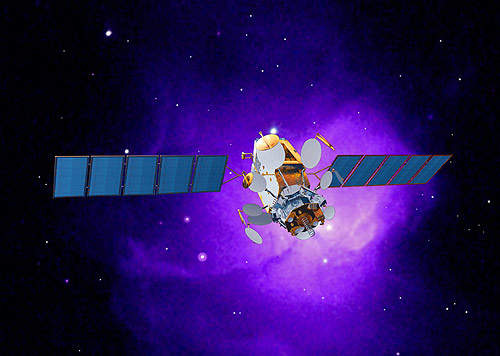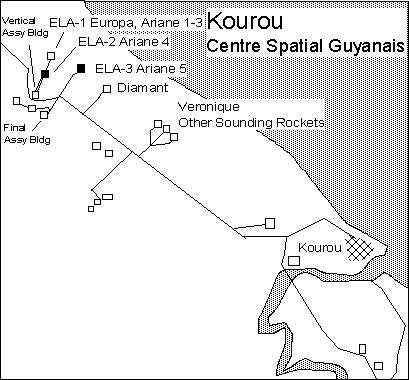The first in a new generation of military communications satellites that will aid British troops around the globe was launched in 1998. The rocket carried the UK Ministry of Defence’s Skynet 4D satellite.
SECURE COMMUNICATIONS SATELLITE
The new spacecraft will replace earlier models that were launched between 1988 and 1990, which played an important role in the Gulf War and currently provide a crucial communications link for British forces in Bosnia.
The $150 million spacecraft was released into a temporary egg-shaped orbit. It later used its own rocket motor to reach a final orbit 22,300 miles above the equator.
The service provided by the satellite will be used primarily by the UK’s armed forces, government departments, agencies and other organisations that require secure communications. The service will also be available to approved defence and other governmental users from overseas countries and also multinational organisations.
Two more Skynet satellites are to ride into orbit on European Ariane rockets launched from French Guiana. The Skynet 4F military communications satellite was launched on February 2001.
PROJECT TIMESCALE
Skynet 4A, 4B and 4C were launched between 1988 and 1990. Skynet 4D and 4E were launched in 1998.
SKYNET 4F
The UK Ministry of Defence’s latest and last Skynet 4F spacecraft, designed and built by Astrium in the UK to provide British military satellite communications, was launched from Kourou in French Guiana. Skynet 4F was carried inside the Spelda dual launch structure whilst the Sicral satellite, built by Alenia Spazio for the Italian Ministry of Defence, was on top and so was released first. Astrium’s “delivery-in-orbit” contract includes the launch of the satellite and also provides for operational control and in-orbit testing of the satellite prior to hand-over to the customer.
A variety of spot and global beams enables the Skynet 4 satellite to serve a widely dispersed and extensive inventory of Earth stations on land, sea and in the air, ranging from small man-portable radio sets and aircraft terminals to rugged systems on naval vessels and submarines and the large anchor stations on land. Skynet 4 employs signal processing and anti-jamming features and its ability to survive in the harshest of electronic warfare environments is extremely important.
The design of the Skynet, stage 2 satellites is derived from the earlier stage 1 spacecraft and incorporates a number of changes to provide increased operational flexibility and to incorporate the benefits of more modern technology.
SPACECRAFT PLATFORM
The new spacecraft platform includes a repackaged telemetry, tracking and control (TT&C) system, increased autonomous operation, improved electrical power system and enhanced reaction control system.
COMMUNICATIONS
The communications payload is provided with tuneable UHF. The power of each of the two UHF transponders has been increased to 50W each, serving one channel of 25kHz. The antenna is the Earth cover helical model. The system is also equipped with a steerable high power spot and a SHF transmit and receive antenna .
As an enhanced version of the three Skynet 4, Stage 1 satellites and the two similar NATO IV spacecraft, the modified communications payload incorporates steerable antennas for SHF spot beam communications. It also provides increased power and a superior anti-jamming capability whilst, at UHF, a fully tuneable system offers increased flexibility.
CONTRACTORS
Astrium is both the prime contractor and payload contractor for the UK Ministry of Defence’s Skynet 4 satellites.







